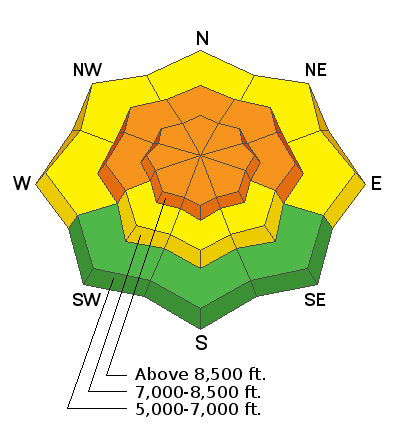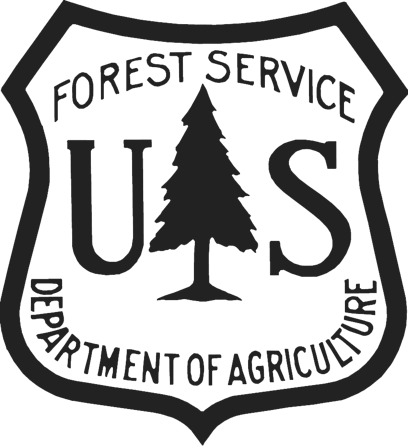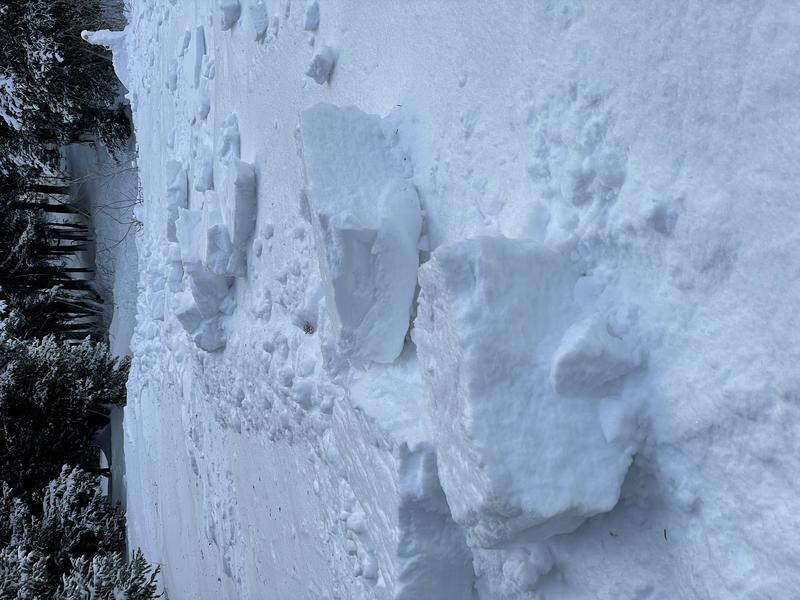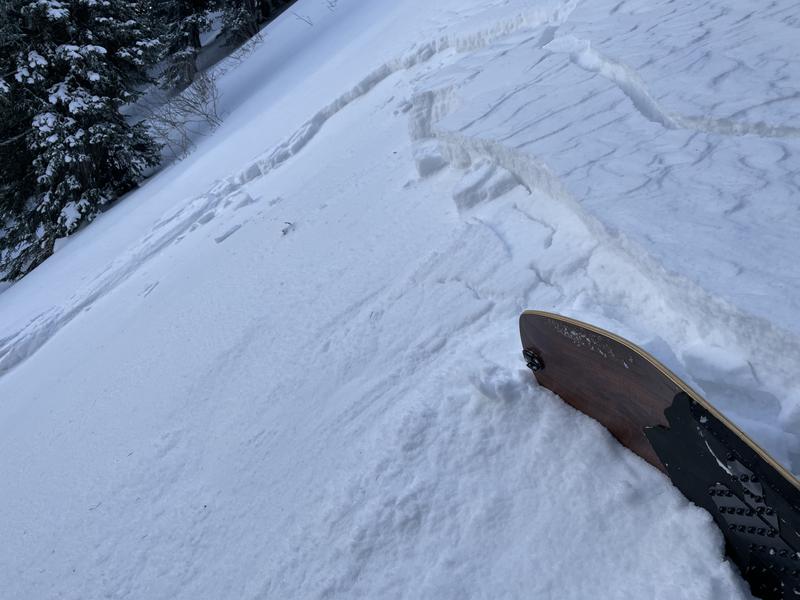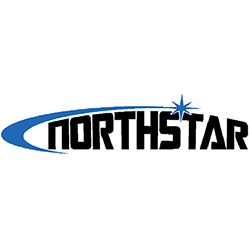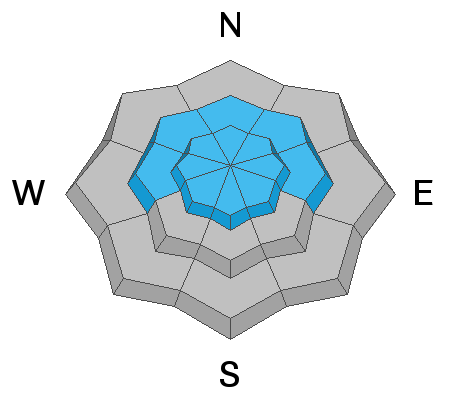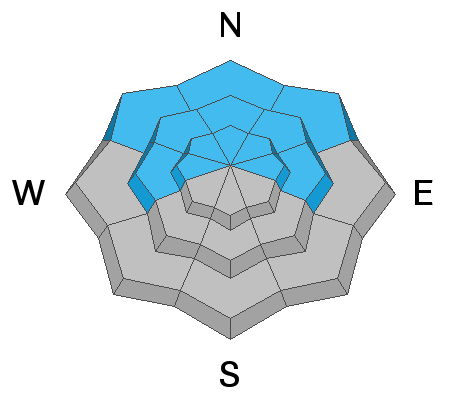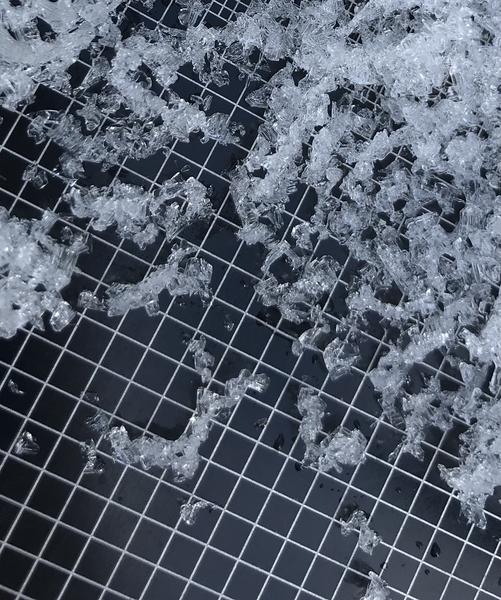Avalanche Watch
THE AVALANCHE DANGER FOR THE WARNING AREA WILL LIKELY RISE TO HIGH OVER THE NEXT SEVERAL DAYS.
AVALANCHE WATCH IS FROM 6 AM MST THIS MORNING TO 6 AM MST FRIDAY. FOR THE MOUNTAINS OF NORTHERN AND CENTRAL UTAH INCLUDING THE BEAR RIVER RANGE...THE WASATCH RANGE...THE WESTERN UINTAS...AND THE MANTI-SKYLINE PLATEAU.
DANGEROUS AVALANCHE CONDITIONS EXIST ON ALL STEEP SLOPES. STAY OFF OF AND OUT FROM UNDERNEATH SLOPES STEEPER THAN 30 DEGREES.
Beaver Mountain will be closed to uphill travel this weekend, starting tomorrow, so the crew can set up for opening day on Tuesday.
The National Weather Service has issued a
Winter Weather Advisory for the mountains, beginning this morning and extending through early Friday morning. Expect the avalanche danger to rise and become more widespread in the backcountry as heavy snow accumulates and is drifted onto steep mountain slopes, overloading the sugary preexisting weak snow from November.
Currently, hitting rocks or other shallowly buried obstacles presents a significant hazard. A few inches of nice light powder now obscures many hazards. Most slopes have little more than about 2' of total snow, and a steep temperature gradient is turning the shallow snow into loose sugary or faceted grains. In many places, the weak snow is easy to punch through to the rocks below.
A thick layer of very weak, sugary, or faceted snow will likely be a problematic persistent weak layer on many slopes, as future snow overloads it.
Tuesday, a local skier reported triggering a small soft slab avalanche running on the faceted snow on a very steep slope south of Tony Grove Lake. Even though the new snow is shallow and soft, and the skier was not caught, the avalanche entrained a surprising amount of snow and slammed into the trees below with a good deal of force.
On a nearby steep slope yesterday, a pow surfer intentionally triggered a few stiffer wind slab avalanches that entrained a good deal of snow, running through the trees. The dangerous avalanches were quite easy to trigger, failing on weak sugary November snow..

